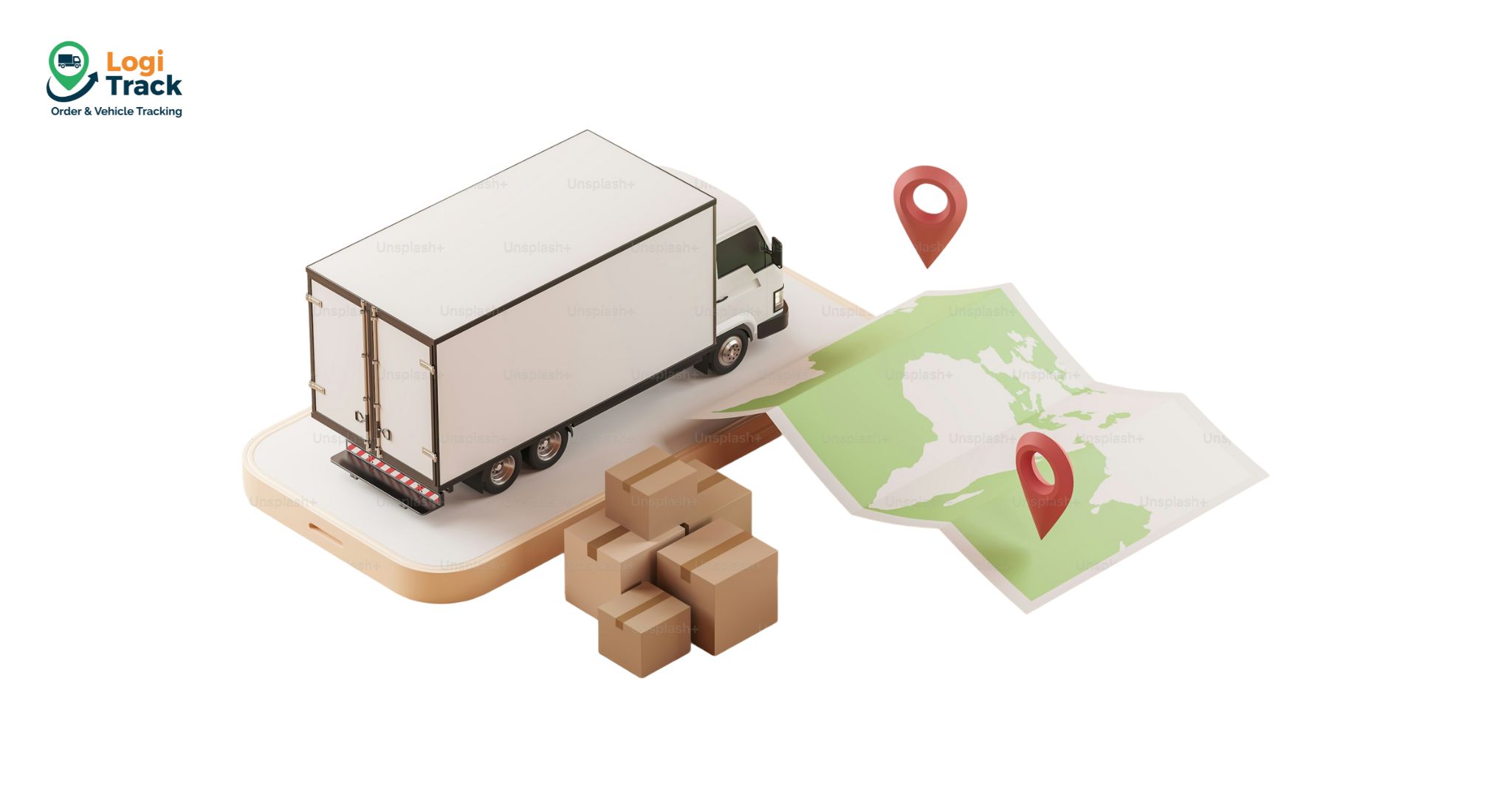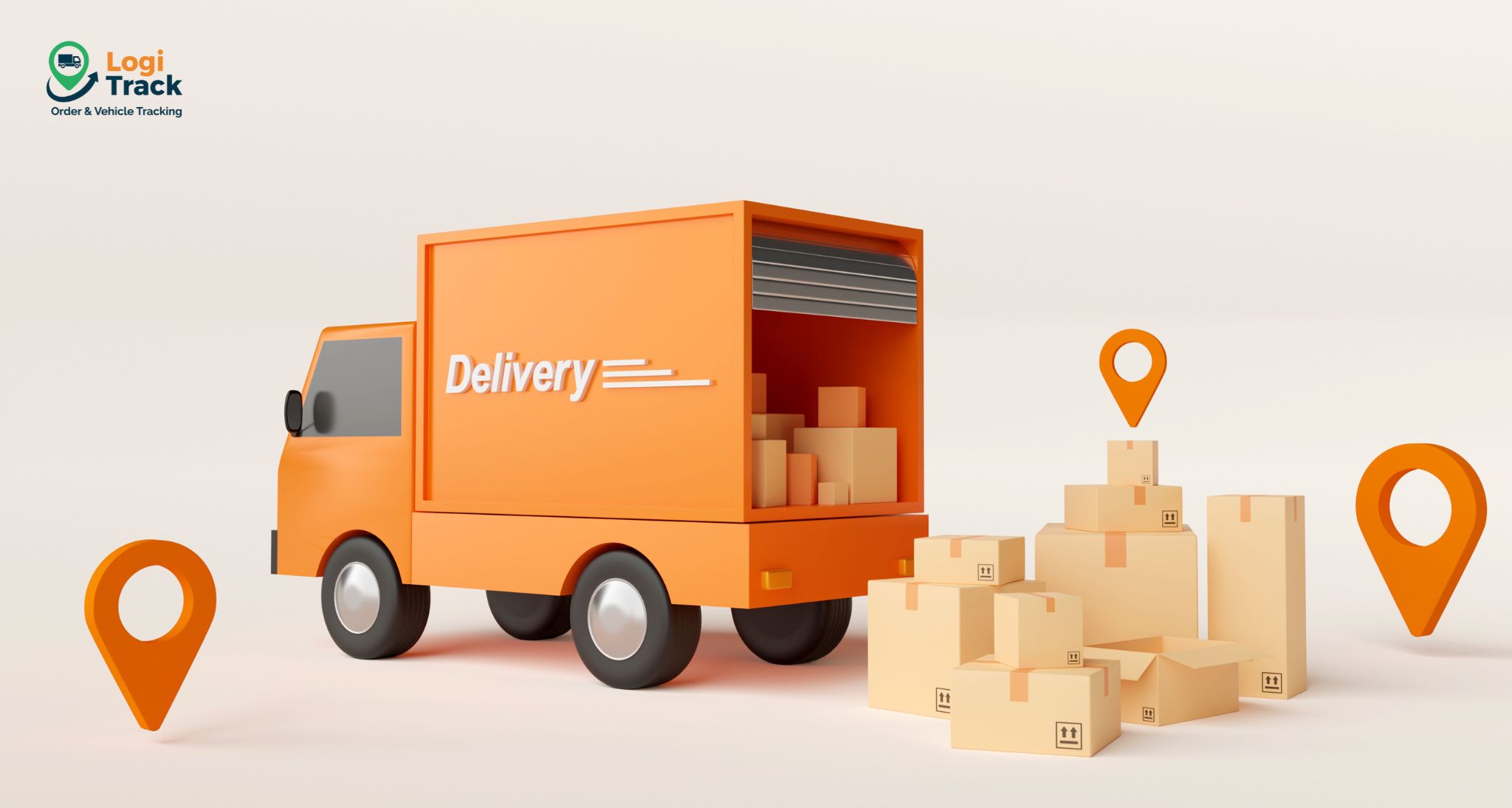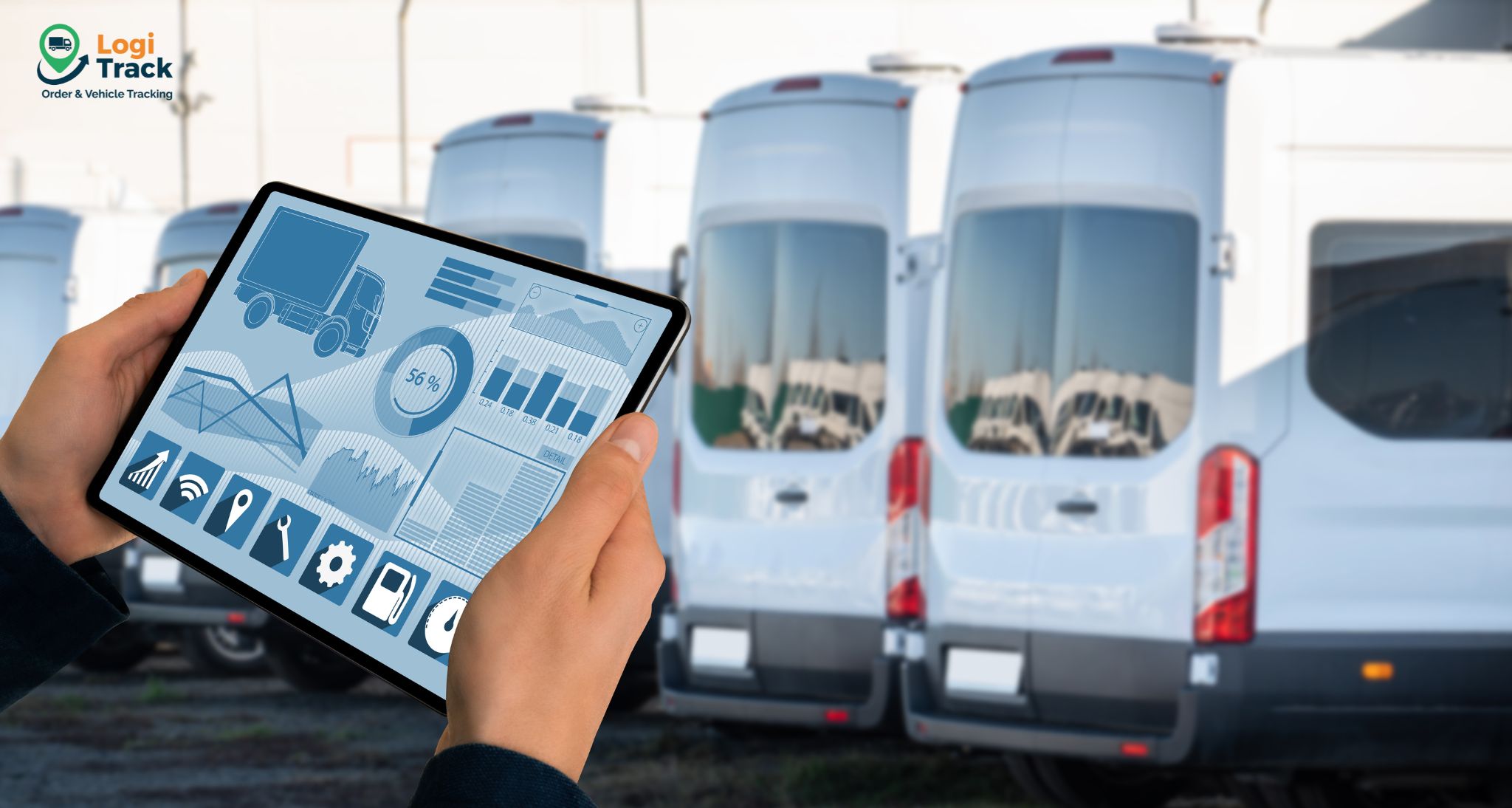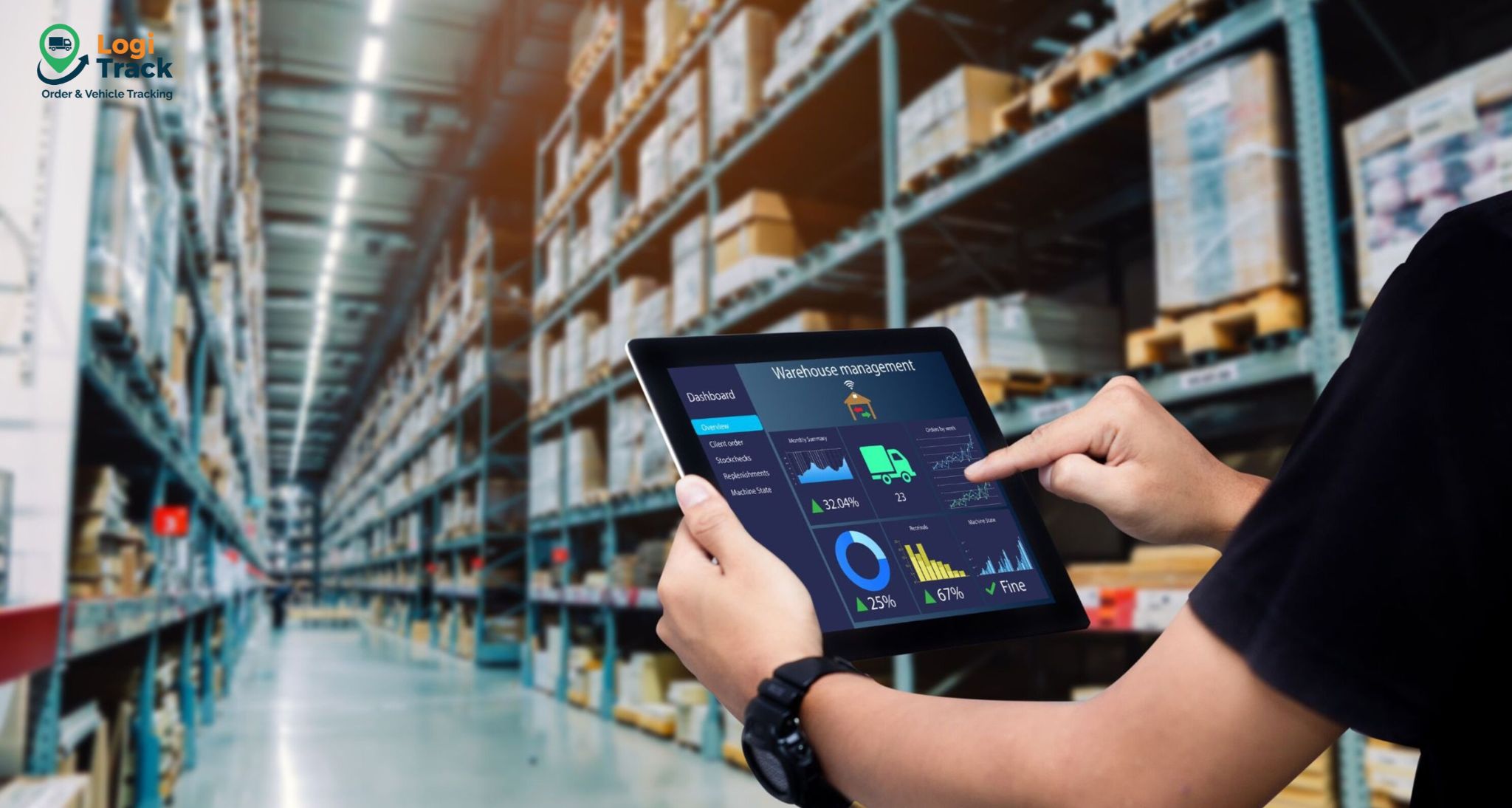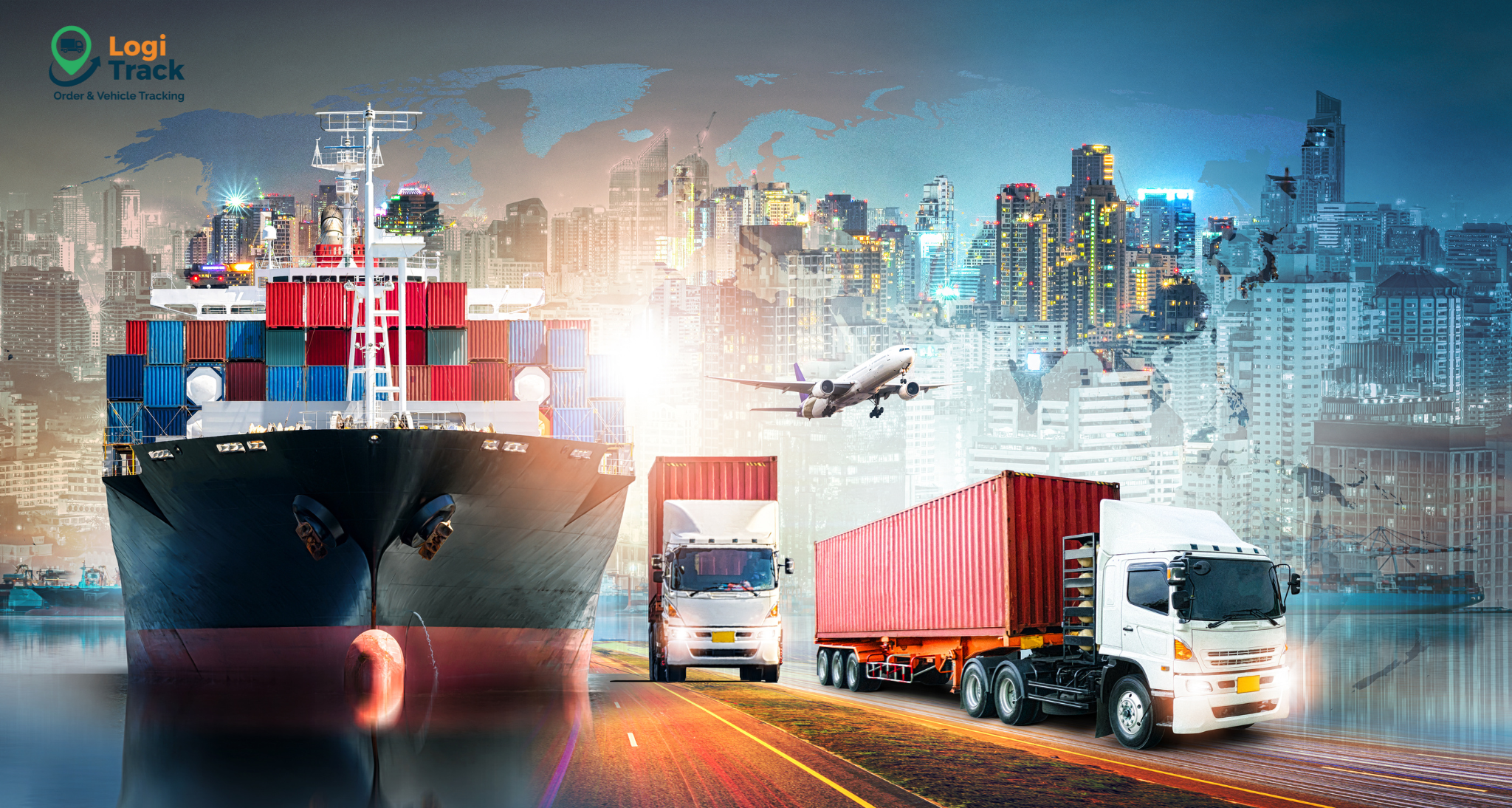Amid the booming e-commerce market and constantly evolving global supply chains, Vietnam’s logistics industry is becoming one of the fastest-growing sectors. Digital transformation is not only an inevitable trend but also a powerful driver for Vietnam to achieve its strategic goals for 2030–2050 in service development and GDP contribution.
For example, according to the Vietnam Logistics Report 2024 by the Ministry of Industry and Trade, the logistics sector currently contributes about 4–5% of GDP, with an average growth rate of 14–16% per year from 2018–2023.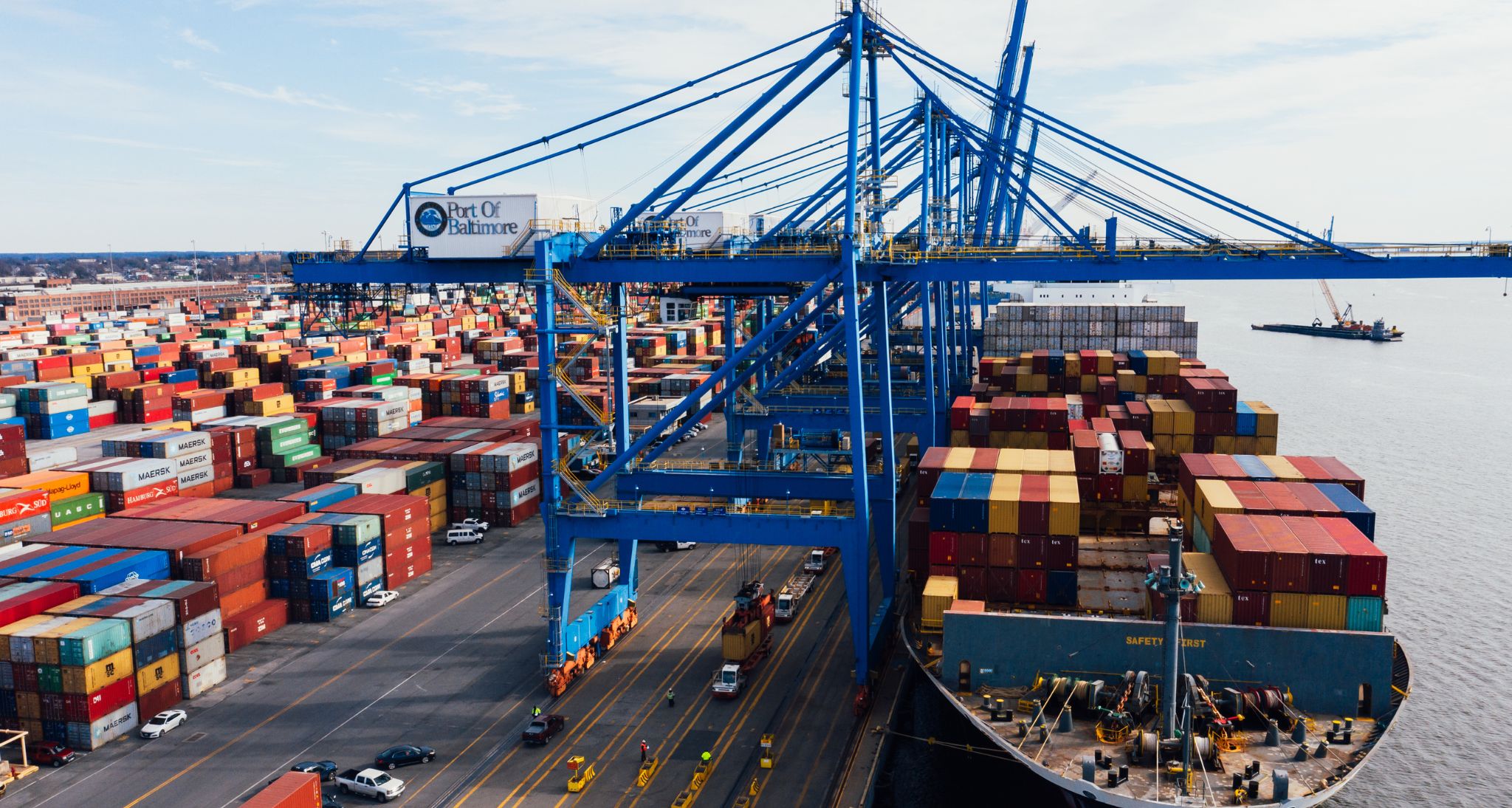
These figures highlight both the urgency and the immense potential of digital transformation in the industry.
1. Definition and Importance of Digital Transformation
Digital transformation in logistics is the process of applying digital technologies—such as Warehouse Management Systems (WMS), Transportation Management Systems (TMS), artificial intelligence (AI), Internet of Things (IoT), Big Data, and end-to-end process digitization—to automate and optimize operations from goods reception, storage, and transportation to final delivery.
This transformation helps enterprises reduce errors, improve processing speed, enhance customer experience, and increase efficiency and competitiveness.
2. Trends and Enabling Environment
Logistics Infrastructure: Vietnam currently has more than 30,000 modern warehouses and six new level-1 logistics centers recently put into operation. This development reduces transportation and distribution costs and shortens delivery times.
Logistics Performance Index (LPI): In 2023, Vietnam achieved an LPI score of 3.3, ranking 43rd among 154 countries and territories and 5th in ASEAN.
Market Size: The logistics service industry’s revenue has grown at 14–16% annually, reaching a market size of approximately USD 40–42 billion per year.
3. Strategic Goals (2030–2050)
-
By 2030: logistics services will contribute 6–8% to GDP, the logistics outsourcing rate will reach 60–70%, and logistics costs will drop to about 16–18% of GDP.
-
By 2050: the sector aims to contribute 12–15% to GDP, achieve a 70–90% outsourcing rate, reduce logistics costs to about 10–12% of GDP, and improve its global LPI ranking to at least 30th.
Measurable Benefits of Digital Transformation
If logistics companies digitize their processes and upgrade infrastructure, they can help achieve the national target of lowering logistics costs to 16–18% of GDP by 2030 and 10–12% by 2050. This translates into significant operational and distribution savings.
By raising the current LPI score of 3.3, Vietnam has already improved its global ranking from 53rd in 2007 to 43rd in 2023 and 5th in ASEAN. Digitization and infrastructure upgrades are the key drivers of this progress.
4. Challenges if Action is Delayed
Failing to embrace digital transformation will make it difficult for enterprises to meet national strategic targets and could allow regional competitors to overtake them. High logistics costs, low outsourcing capacity, and outdated warehouses and distribution centers will hinder profitability and operational efficiency.
To capitalize on opportunities and achieve national strategic goals, logistics companies should:
-
Assess the level of digitalization in each department—warehousing, transportation, order tracking, customs, and paperwork—compared to international standards and industry leaders.
-
Invest in smart warehouses with sensors, robotics, and automated storage systems.
-
Adopt TMS/WMS/OMS software, Big Data, and AI to forecast demand and optimize routing.
-
Connect with 3PL and 4PL platforms to increase logistics outsourcing rates.
-
Leverage government support policies to improve regulations and procedures; participate in logistics associations; and promote international technology transfer.
-
Train a high-quality, professional workforce, plan synchronized and modern logistics infrastructure, and focus on developing green and environmentally friendly logistics.
Vietnam is at a strong point in its logistics development journey—steady revenue growth of 14–16% per year, a market size of around USD 40–42 billion, over 30,000 modern warehouses, and many new level-1 logistics centers, all guided by clear strategic targets for 2030–2050.
Digital transformation is the key to turning these goals into reality: lowering costs, increasing GDP contribution, enhancing competitiveness, and driving sustainable development.
